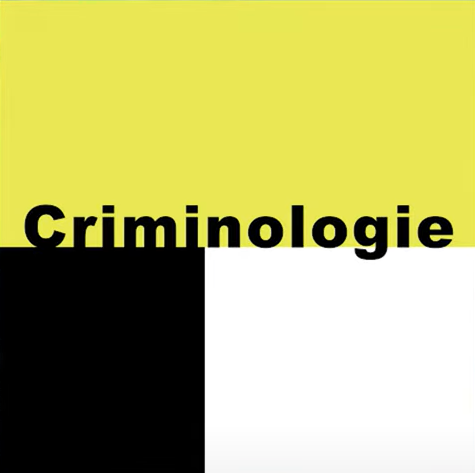Over the span of about fifteen years, from the early 1990s to the mid-2000s, a network of actors operating within the institutions of the European Union constructed a transnational framework aimed at quantifying, measuring, and comparing different aspects of irregularity at the borders of member states. This article presents a unique historical investigation of this framework, studied from one of its points of emergence: the Information, Reflection, and Exchange Center for Border Crossing and Immigration (CIREFI), created in 1992 and dismantled in 2010 after merging with the Frontex agency. While the statistical construction of irregularity has received little attention in border studies, this research reveals the various operations that enable the production of these statistics through the analysis of a corpus of archives using theoretical and methodological tools drawn from the sociohistory of quantification and criminological studies.
This thirty-ninth episode features an interview with Julien Jeandeboz and Pauline Adam.

Attention - Votre version d'Internet Explorer est vieille de 20 ans et peut ne pas vous offrir une expérience optimale sur le site du CICC. Veuillez mettre à jour votre ordinateur pour une expérience optimale. Nous vous recommandons Firefox ou Chrome, ou encore ChromeFrame si vous êtes dans un environnement corporatif ou académique dans lequel vous ne pouvez pas mettre à jour Internet Explorer.